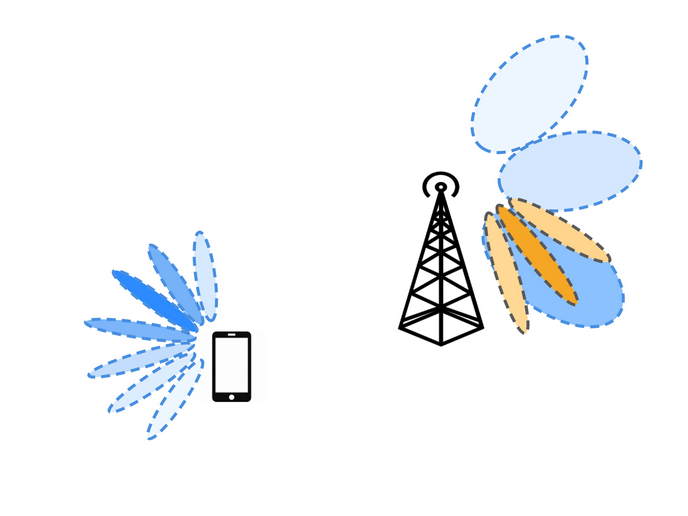AI: helping wireless networks help themselves
The Internet of Things (IoT), a term first used only about 25 years ago that describes the many devices connected to the internet, is fast becoming a reality. There are now billions of these physical devices, collecting and sharing data. This creates a huge need for high-performing cellular networks yet optimising network performance is becoming nearly impossible with traditional engineering approaches. To address these issues, the WINDMILL project has taken a twofold approach. It has leveraged the power of AI and trained a new generation of early stage researchers (ESRs) in its application with the support of the Marie Skłodowska-Curie Actions programme.
Machine learning methods for next-generation wireless networks
Machine learning is a subfield of AI well-suited to complex dynamic network optimisation. Its algorithms enable computer systems to iteratively learn from training data, build a model based on it and then make decisions, inferences or predictions related to new data without being explicitly programmed to do so. According to project coordinator Čedomir Stefanović of Aalborg University, “analytical modelling of incredibly complex cellular systems like 5G and beyond 5G is often impossible. Machine learning tools were successfully applied to several related challenges.” These included: the use of intelligent surfaces (advanced antenna arrays) for enhanced localisation; creating radio maps of wireless users’ locations (so-called channel charting); and clustering of users in cell-free massive multiple-input multiple-output (MIMO) systems (systems in which there are more access points than users and each access point has many antennas). Wireless access anywhere and everywhere requires the optimised use of time, spectrum and energy resources. Stefanović continues: “WINDMILL investigated the use of deep reinforcement learning – a subfield of machine learning – for provision of efficient and fair access to massive numbers of users (IoT networks), neural networks to improve spectral efficiency, and learning-based methods for resource allocation and scheduling in wifi networks.” Finally, WINDMILL demonstrated the potential of robust Bayesian learning in addressing wireless communications challenges posed by limited training data and model inconsistencies – situations where traditional algorithms often fail. Bayesian learning, a statistical approach that updates a model as new evidence or data is received, is a powerful tool for various machine learning tasks, especially complex problems and uncertain or incomplete information. WINDMILL’s outcomes pave the way for the effective use of Bayesian learning in critical applications such as localisation and spectrum sensing, expected to be vital components of future 6G systems.
A living legacy
Sharing of knowledge and experience with the scientific community amplifies impact and drives innovation. The ESRs were trained in presenting problems, solutions, theory and methods regarding machine learning for network optimisation through biannual meetings and weekly posts, blogs and short research articles. Stefanović explains: “The Knowledge Sharing Platform became a playground for their curiosity within the scope of their project topics and as young researchers.” He adds: ““For me, the most important outcome was the training of a cohort of young and talented researchers who are now ready to design and develop new generations of wireless systems leveraging the power of AI.”
6G and beyond
Stefanović concludes: “WINDMILL’s outcomes are directly relevant to 5G and 6G networks. We also demonstrated pioneering results on the autonomous learning of communication protocols by network devices using reinforcement learning. Imagine network devices able to learn how to communicate efficiently with minimum intervention by network engineers!” As the demand for reliable and high-performance wireless communications grows, WINDMILL has demonstrated what AI can do for our wireless connectivity and prepared a new cohort of researchers to carry the torch into the future.
Keywords
WINDMILL, wireless, machine learning, 5G, 6G, IoT, localisation, neural networks, reinforcement learning, AI, Internet of things, IoT, cellular networks, Bayesian learning

